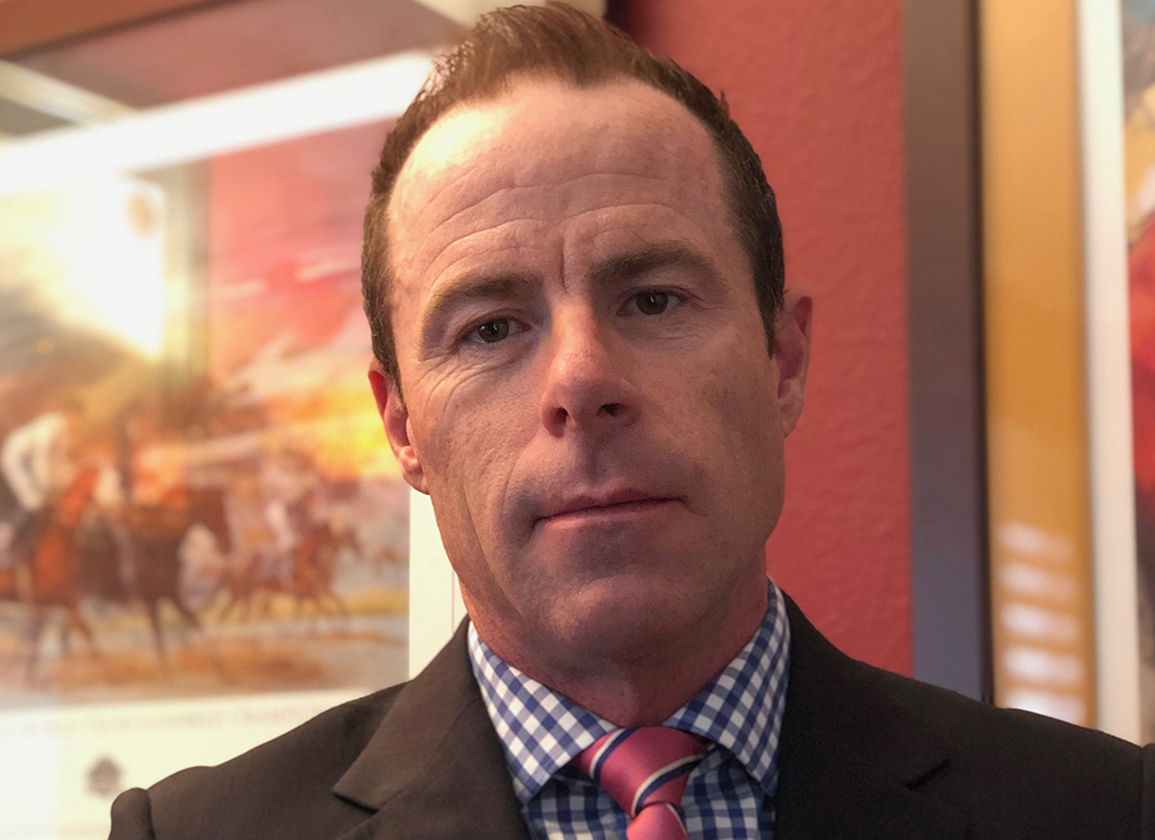Edited Press Release
The state of California has seen a 50% decline in equine fatalities over the last two fiscal years, owing to steps taken by the industry to increase safety at the state's racetracks. In fiscal year 2018-2019, a total of 144 horses died from racing or training injuries or other causes while stabled at CHRB facilities. The number dropped to 72 in fiscal year 2020-2021.
According to information provided by the California Horse Racing Board, equine fatalities have been trending downward since 2005, but the last fiscal year marked the most significant improvement in a single year. Continuing the actions of previous Boards, which included establishing an entry review panel for Santa Anita at the direction of Governor Gavin Newsom, the current commissioners expanded the review panel program to all tracks to make certain that entered horses are fit to compete.
Over the last 19 months, CHRB Chairman Dr. Greg Ferraro, Vice Chairman Oscar Gonzales, and Commissioners Dennis Alfieri, Wendy Mitchell, and Alex Solis, later joined by Commissioners Damascus Castellanos and Brenda Davis, have taken more than 40 regulatory actions intended to either directly or indirectly protect horses, thereby reducing fatalities and protecting riders. Among the more significant actions, the commissioners:
- Adopted rules limiting the use of the riding crop, which at the time were the strictest rules in the nation, while enhancing penalties for violation of those rules.
- Required trainers to participate in a full postmortem examination review to make them aware of the nature of the injuries and to discuss ways to prevent such injuries in the future. This has helped lead to a culture change in the California horse racing industry whereby participants are placing a higher priority on the protection of horses.
- Allowed Official Veterinarians to require diagnostic imaging prior to removing horses from the restrictive Veterinarian's List and permitting them to train or compete.
- Prohibited or severely restricted the use of bisphosphonates, thyroxine, extracorporeal shockwave therapy, and intra-articular injections prior to workouts and racing.
- Took significant steps to make veterinary treatments transparent to authorities and in certain cases new owners.
The CHRB recently created the new position of Chief Official Veterinarian, naming Dr. Timothy Grande to oversee veterinarians, veterinary procedures and practices throughout the state. Dr. Jeff Blea was also appointed to the role of Equine Medical Director.
“I took this job a year-and-a-half ago because I recognized this Board's and the Administration's commitment to real, significant, long-term reform in the arena of animal welfare,” said CHRB Executive Director Scott Chaney. “It has been gratifying to be a part of this sea change in racing, and the results are undeniable. We clearly have more work to do, but with this reform-minded Board, dedicated staff, and committed stakeholders, the future is bright.”
Not a subscriber? Click here to sign up for the daily PDF or alerts.






